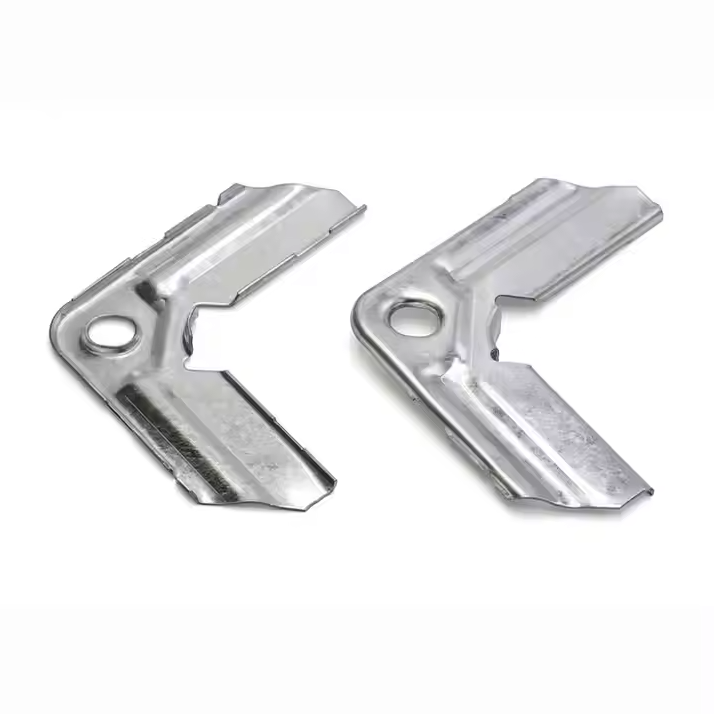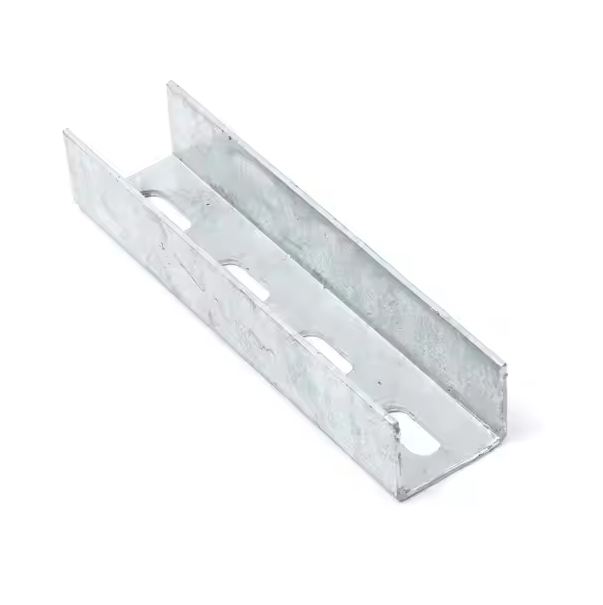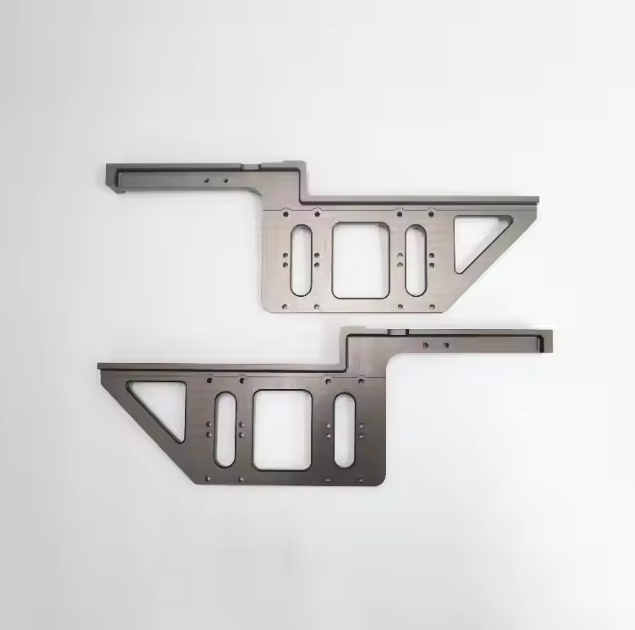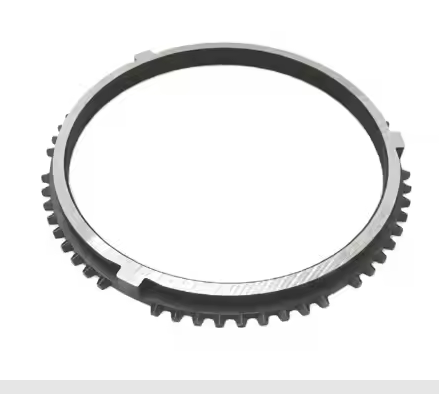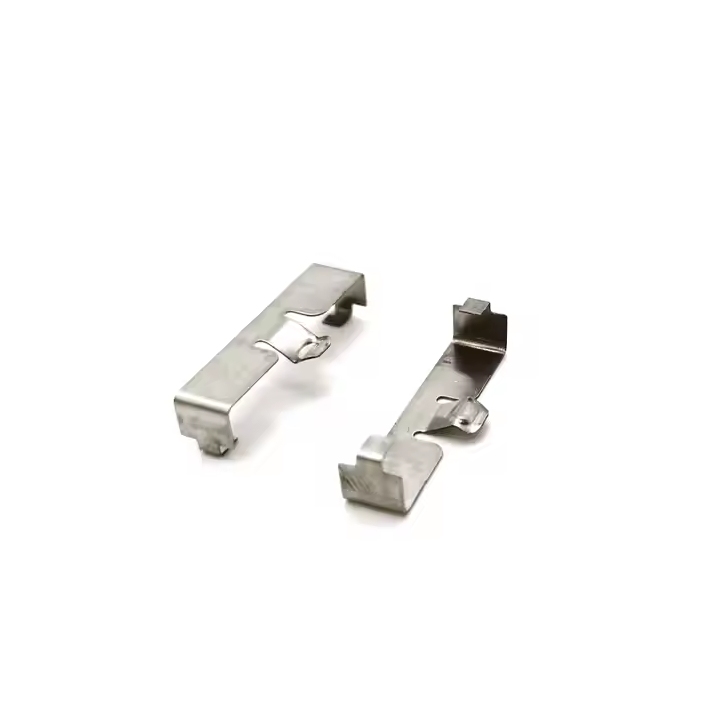Welding and riveting are widely popular joining processes that fuse two pieces of metal together. They are two common mechanical joining methods, and they have different working principles, applicable scenarios, advantages and disadvantages. Therefore, if you are designing parts that need to be joined to form a complete object, it is important to understand the comparison between riveting and welding.
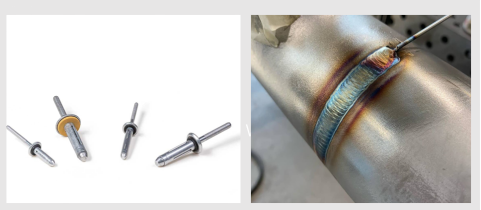
Concept of welding
Welding is the process of heating two metals or alloy materials to or near the melting point and using heat to connect the materials together. Solder is often added to help fill the joint and form a stronger connection.
Common welding methods
Arc welding: uses the high temperature generated by an electric arc to melt the metal.
Laser welding: uses a high-energy laser beam to melt the metal.
Oxy-fuel welding: uses a flame generated by a mixture of oxygen and fuel gas to heat the metal.
TIG welding (Tungsten Inert Gas): uses tungsten electrodes and inert gas to protect welding.
Advantages of welding
High strength: Welding can form a very strong connection and is suitable for occasions where high-strength connections are required.
Suitable for complex shapes: Welding is suitable for connecting metal parts of different shapes and can flexibly meet complex design requirements.
No holes and seams: No protruding seams will be left after welding, and the weld is almost integrated with the raw materials.
Disadvantages of welding
High technical requirements: Welding requires professional technology and equipment, and improper operation may lead to joint weaknesses.
Local heat-affected zone: High temperatures will be generated during welding, which may affect the performance of the material and cause changes in the hardness of the heat-affected zone.
Possible deformation: The effect of high temperature may cause the workpiece to deform and require secondary processing.

Concept of riveting
Riveting is a method of connection in which a rivet is inserted through the holes of two workpieces and deformed and fixed in the connected parts by clamping or other means. Riveting is a cold connection technology and, unlike welding, does not usually require high temperatures.
Riveting methods
Manual riveting: Use manual tools (such as rivet guns) to fix rivets.
Mechanical riveting: Use machines (such as riveting machines) to complete riveting work.
Advantages of riveting
Not limited by materials: Riveting is suitable for many different types of metal materials, especially for materials that are difficult to weld (such as aluminum, copper, etc.).
Simple process and easy to operate: The riveting process is relatively simple and does not require high temperature treatment, so the operation process is relatively safe.
Does not affect the properties of materials: The materials in the riveting process will not produce heat-affected zones due to heating, so it is suitable for materials that are not resistant to high temperatures.
Disadvantages of riveting
Low connection strength: Compared with welding, the strength of riveted connections is usually lower, which is suitable for occasions where the strength requirements are not extreme.
Required rivets: Riveting requires additional materials (rivets), which increases costs.
Unsightly surface: There may be protruding rivet heads at the riveted connection, which affects the appearance and is easily corroded by the external environment.

Applications of welding and riveting
Application areas of welding
Welding is often used for structures that require high strength, durability or corrosion resistance, especially in situations where precise and stable connections are required.
Aerospace
Aircraft fuselages, wings, engine casings, landing gear and other parts are often connected by welding.Since aerospace requires strong bearing capacity and light weight, welding can achieve higher strength and lighter structures, especially for the connection of materials such as aluminum alloys and titanium alloys.
Automobile manufacturing
The body, chassis, engine and other parts of the car need to be welded, especially the welding of the body frame, doors, roof and bottom of the car.
Welding can ensure high strength and durability, especially in parts that need to withstand impact and high loads.
Shipbuilding
Large hulls, cabins, decks and other parts are connected using welding technology, especially the high requirements of modern ships for strength and corrosion resistance.Welding can effectively reduce weight and improve the overall strength and rigidity of the hull structure.
Building and steel structure
Welding technology is widely used in high-rise buildings, bridges, tunnels and other steel structures.Welding can provide a strong connection to ensure the stability and durability of the building structure, especially in buildings that bear large loads or need to be used for a long time.![]()
Application areas of riveting
Riveting is still widely used in certain specific applications due to its simple process, high safety and applicability to many materials, especially in environments with low requirements for high temperatures or welding technology.
Aerospace
In aircraft manufacturing, especially early aircraft, riveting is still an important connection method.Riveting is often used on large parts such as aircraft fuselages, wings, and tails, especially in areas subject to dynamic loads. Riveting can avoid the problem of heat-affected zones caused by welding.
Bridge construction
In steel structure bridge construction, especially old bridges, riveting technology has been widely used.Riveting can provide simple and reliable connections, especially for the assembly of large-scale structural parts and long-term use environments.
Shipbuilding
In traditional shipbuilding, riveting is one of the important connection methods. Although welding has gradually become dominant in modern shipbuilding, riveting may still be used in some special parts.Riveting can provide durable connections for the hull, especially in ship structures that are subject to impact and waves.
Construction projects
In some old steel structures and frame buildings, riveting was the main way to connect steel beams and columns, especially in environments that need to resist vibration and impact.Riveting has good toughness and stability, suitable for long-term operation of steel structures.
Home appliances and electronic products
Riveting is also used in some household appliances (such as refrigerators, air conditioner housings) and electronic product housings (such as televisions, audio equipment).Riveting is used in these applications for quick and simple connections, especially for parts that require high appearance and are not suitable for welding.
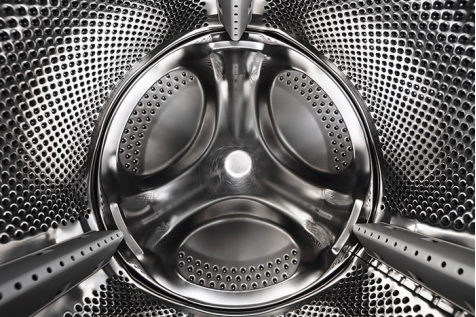
There are many ways to connect sheet metal parts. However, the most popular methods are welding and riveting. Both have different processes, advantages and disadvantages. The choice between welding and riveting usually depends on factors such as the strength of the required connection, the nature of the materials used, the complexity of the manufacturing process, and cost. You can contact us now, at Xuanmin, we will provide you with professional advice.
